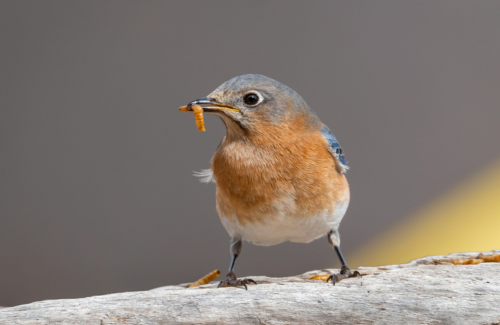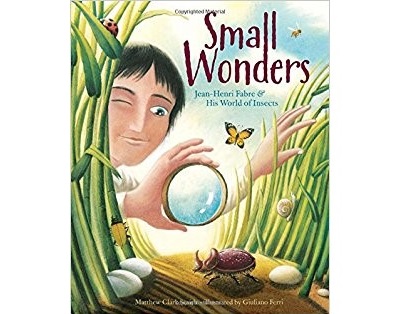Winter ecology studies the inter-relationships between animals, insects, and plants with their habitat in the winter. Explore the plethora of adaptations trees and other living things have to survive winter conditions.
Max is a young boy who strikes an unlikely friendship with a monarch butterfly named Lilly, who asks him to plant milkweed so she can lay her eggs on it the following spring. In a world filled with instant gratification, this book highlights how change happens over time and that we sometimes must wait patiently for those changes to occur.
What makes a home? Explore these resources (perfect for World Migratory Bird Day on May 13) by guest author Naamal De Silva of the American Bird Conservancy, and reflect on our relationships with birds, nature, and the idea of “home”.
This book empowers youth to find the beauty of nature wherever they are, and to sow the seeds of change while enhancing their intergenerational relationships.
As the days stay sunny for longer, summer can be the perfect time for kids and adults to relax under their favorite tree and catch up on their reading lists. Explore some of our favorite all-ages books about forests and trees to connect with the natural world!
Told entirely in verse, Forest World embraces a hybrid form of storytelling. Use this novel with students to explore poetry, increase their understanding of forest biodiversity, learn how to make your own paper, and much more!
This book is a celebration of diversity, reminding young readers, 5-8 years, that we are living links between the past and the present. What can knowing about your history teach you about your future? Read Islandborn to find out!
For elementary learners, this picture-book biography on Jean-Henri Fabre illuminates the life of one of the first naturalists to explore the fascinating world of insects.
Use this book’s beautiful, scientifically-accurate illustrations, playful rhymes, and a game of search-and-find, to help children in grades K-4 experience the majesty of redwood trees.










